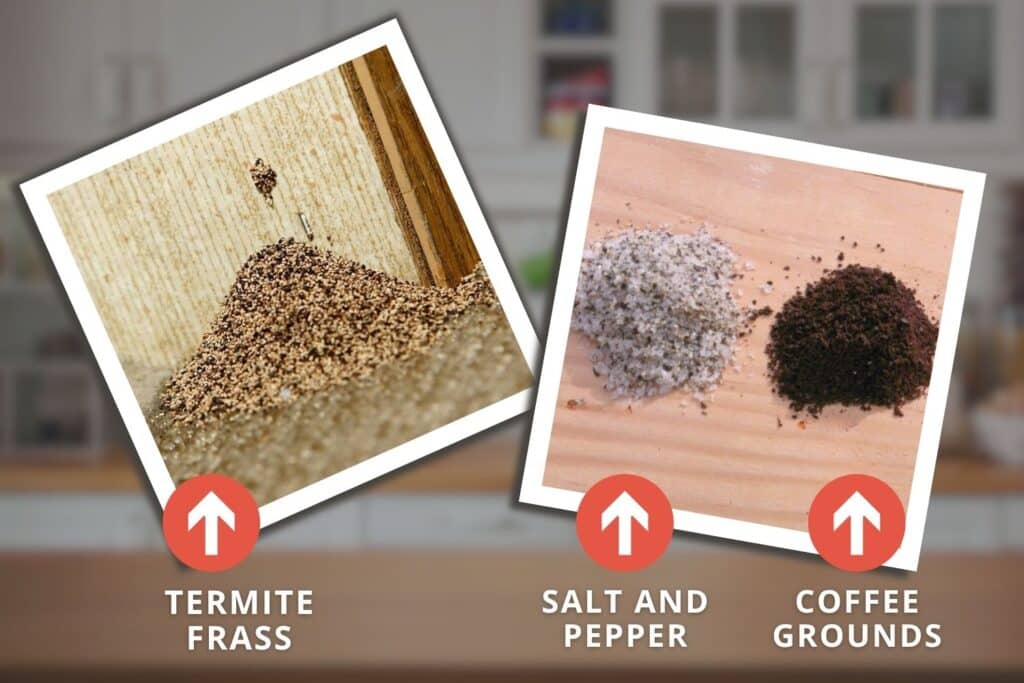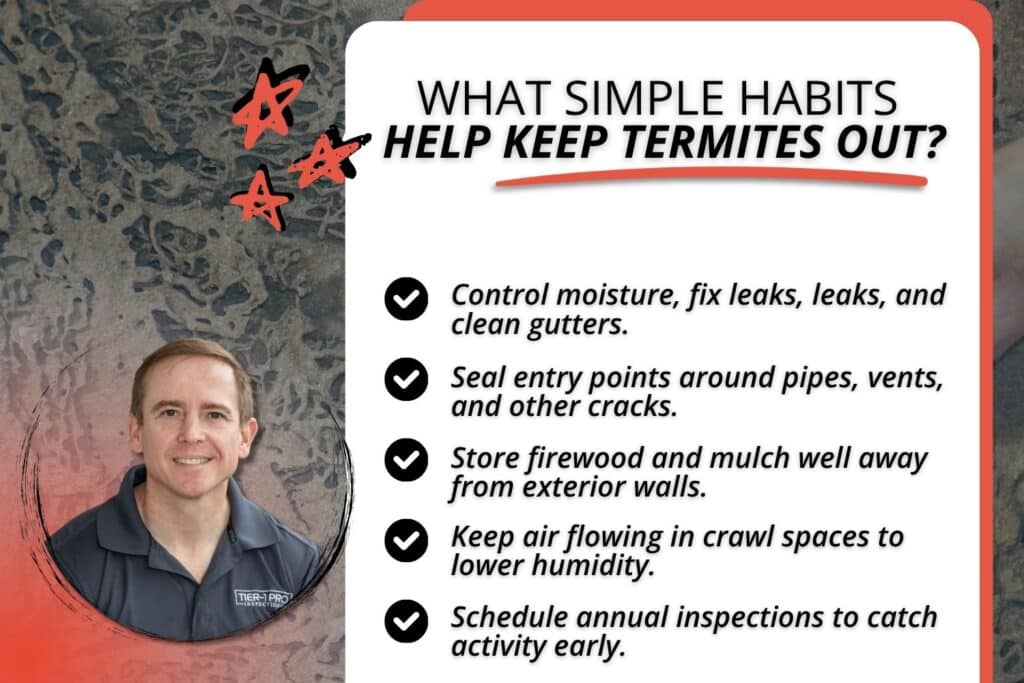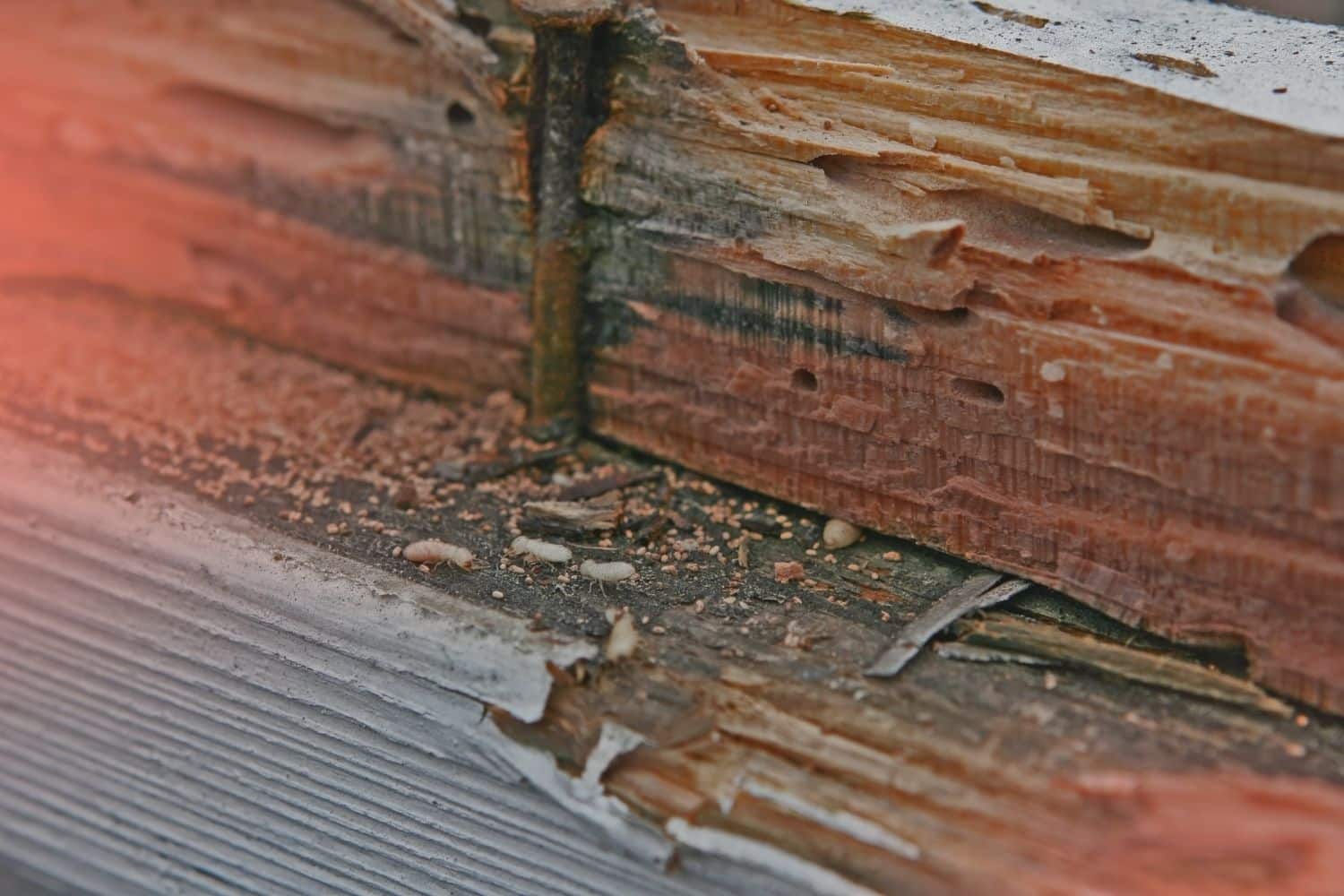Termites are experts at staying hidden and minimizing the signs they leave in your home. In Central Florida, their activity never really stops, and by the time you notice visible damage, they may have been eating through your home for months. These pests cost Florida homeowners hundreds of millions of dollars each year, and most of that damage could have been prevented with earlier detection.
At Tier-1 Pro Inspections, termite inspections are part of our broader mission to protect homeowners through detailed, data-driven home inspections. This guide explains the subtle warning signs that termites are active, how to distinguish them from normal wear, and why professional inspection is the best way to catch them before repairs become costly.
Table of Contents
ToggleWhy Termites Are a Major FL Threat
Florida’s mild winters and humid summers make it one of the most active termite regions in the country. The Department of Agriculture and Consumer Services reports that termites cause more than $500 million in damage annually, and new colonies can form in as little as three months under ideal soil conditions.
The most common local species are subterranean termites, which live in soil and move through mud tubes into a home’s foundation, and drywood termites, which infest attic beams, window frames, and furniture.
Both species thrive in moisture and warmth, which means Florida homeowners must stay alert all year.
Early & Easy-to-Miss Termite Signs
Homeowners often confuse termite activity with minor moisture or age-related issues. Termites feed quietly inside wood and leave only small clues. Knowing what termite signs to look for gives you a head start before home damage becomes extensive.

1. Discarded Wings on Floors or Windowsills
Swarming termites shed their wings after finding a nesting site. Piles of small, clear wings near baseboards or window frames usually appear in spring but can show up after heavy rain any time of year.
2. Paint That Appears Bubbled or Uneven
Termites create moisture pockets beneath paint or wallpaper as they move through walls. What looks like water damage could actually be termite activity spreading behind the surface.
3. Mud Tubes on Foundation Walls
Subterranean termites build thin, mud-colored tunnels to travel between their soil colonies and your home’s wood framing. These tubes often appear in garages, crawl spaces, and around exterior slabs.
4. Hollow-Sounding Wood
Tap gently on baseboards, door frames, or floors. A hollow or papery sound can indicate internal galleries carved out by termites.
5. Rustling or Clicking Sounds
In quiet rooms, you may hear faint noises as termites communicate or chew through wood. These sounds are often noticeable at night when the house is still.
6. Stubborn Doors or Windows
Termite-damaged wood swells with moisture, causing frames to warp. If doors or windows stick even in dry weather, an inspection is worth scheduling.
Why These Signs Go Unnoticed
Many homeowners assume discoloration or warped boards are just humidity issues, especially in Florida’s damp climate. But termites prefer those same moist conditions. Routine patchwork repairs or repainting often cover up visible clues, allowing colonies to grow unchecked.
Professional inspectors use specialized equipment that reveals what the eye can’t see. Moisture meters detect humidity behind walls, and infrared imaging pinpoints temperature changes caused by hidden termite tunnels. Tier-1 inspectors combine these tools with hands-on experience to separate normal seasonal changes from actual infestation.
A National Pest Management Association (NPMA) survey found that more than half of homeowners who attempted DIY termite fixes later faced structural repair costs averaging $8,000 or more.
The Connection Between Termites and Home Condition
Termites rarely appear alone. They are drawn to environments with moisture, wood-to-ground contact, and ventilation problems. During a full home inspection, Tier-1 inspectors often find overlapping issues that explain why termites targeted certain areas.
- Moisture Problems: Leaking plumbing, roof seepage, and unvented crawl spaces raise humidity levels that attract subterranean termites.
- Wood-to-Soil Contact: Deck posts, siding, or wooden trim touching the ground gives termites direct access to food sources.
- Improper Grading and Drainage: Standing water near the foundation keeps soil damp and provides an ideal habitat for termite colonies.
- Ventilation Deficiencies: Poor airflow in attics and crawl spaces increases humidity, accelerating both wood decay and termite activity.
During a combined home and termite inspection, these conditions are photographed, measured, and included in your detailed Tier-1 report so you can take preventive steps early.
Why Termite Inspections Should Be Added to Every Home Inspection
A standard home inspection evaluates the overall structure, safety, and major systems of a property. Adding a termite inspection provides the missing link: understanding how pests and building conditions interact.
By scheduling both services together, you:
- Save time and money compared to separate visits.
- Receive one comprehensive report that identifies both visible pests and structural risk factors.
- Avoid gaps where pest activity could go undetected between services.
- Gain stronger leverage during real-estate negotiations by presenting a unified inspection record.
Tier-1 inspectors are trained to spot not only termite evidence but also the conditions that encourage it. This integrated approach helps homeowners correct root causes instead of relying solely on treatment afterward.
One report found that homes receiving both structural and termite inspections were 35 percent less likely to experience repeat infestations within five years compared to those with only pest treatment.

Prevention Tips for Florida Homeowners
While no home is immune, prevention significantly reduces your risk. Tier-1 inspectors recommend combining smart maintenance habits with annual inspections for lasting protection.
- Maintain Proper Drainage: Clear gutters and downspouts regularly so water flows away from the foundation.
- Seal Gaps and Cracks: Use weather-resistant caulk to seal plumbing openings, slab joints, and expansion cracks.
- Store Wood Away from the Home: Keep firewood and mulch at least 20 feet from exterior walls.
- Ensure Good Air Circulation: Install or service crawl space vents and attic fans to keep humidity balanced.
- Schedule Annual Termite Inspections: Florida’s soil stays warm enough for subterranean activity year-round. Annual checkups are the best way to identify small colonies before they cause structural problems.
Visual idea:
Checklist titled “Five Simple Habits to Prevent Termite Damage” alongside icons for drainage, sealing, storage, airflow, and inspection.
Other Related Questions
Can termites move from a neighbor’s property into mine?
Yes. Subterranean termites travel through soil and can migrate from nearby colonies, especially if your yard stays moist or shaded.
How is a termite inspection different from pest control treatment?
An inspection identifies damage and conditions; treatment removes the active colony. Tier-1 focuses on detection and reporting so treatment can be targeted and efficient.
Is a termite inspection necessary for newer homes?
Yes. Even new construction in Florida can attract termites once the soil settles and moisture accumulates near foundations.
When to Schedule a Professional Inspection
If you notice unexplained wall stains, spongy flooring, or small piles of wings around windows, it’s time to call an inspector. Termite colonies can remain hidden for years, but an experienced professional can locate early activity before serious damage occurs.
Tier-1 Pro Inspections serves homeowners and real-estate professionals across Central Florida with comprehensive home and termite inspection packages. Our inspectors use industry-approved testing methods and advanced moisture-detection tools to deliver clear, actionable reports that protect your investment.
Conclusion
The most dangerous termite signs are the ones you can’t see in your home. Florida homeowners can protect their properties by learning to spot subtle clues, managing moisture, and scheduling regular inspections that combine structural and pest expertise.
A professional inspection from Tier-1 Pro Inspections gives you the insight to act early, fix small issues before they escalate, and keep your home safe year after year. Termite awareness isn’t just about catching pests; it’s about understanding how the entire home system works together.

